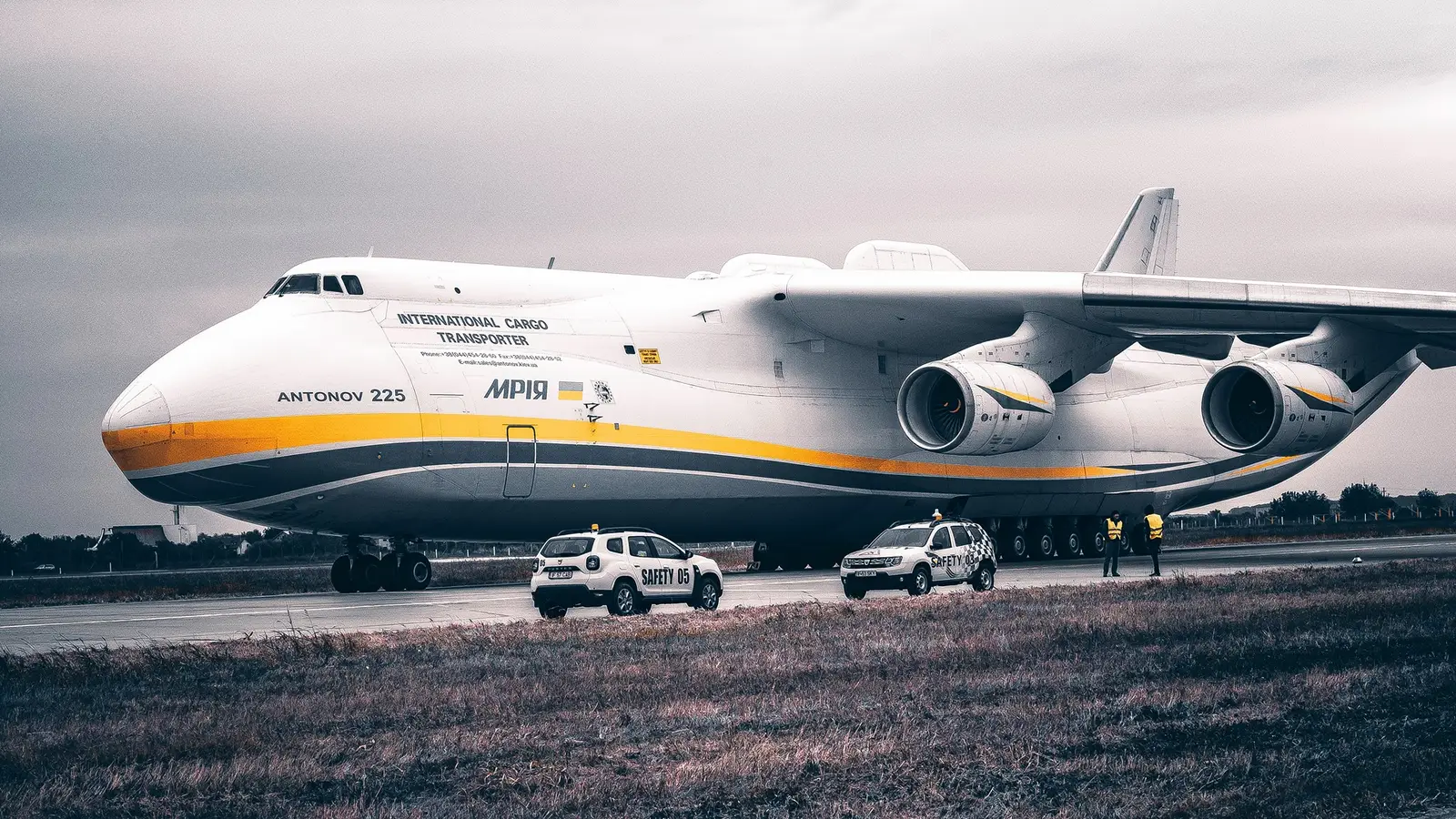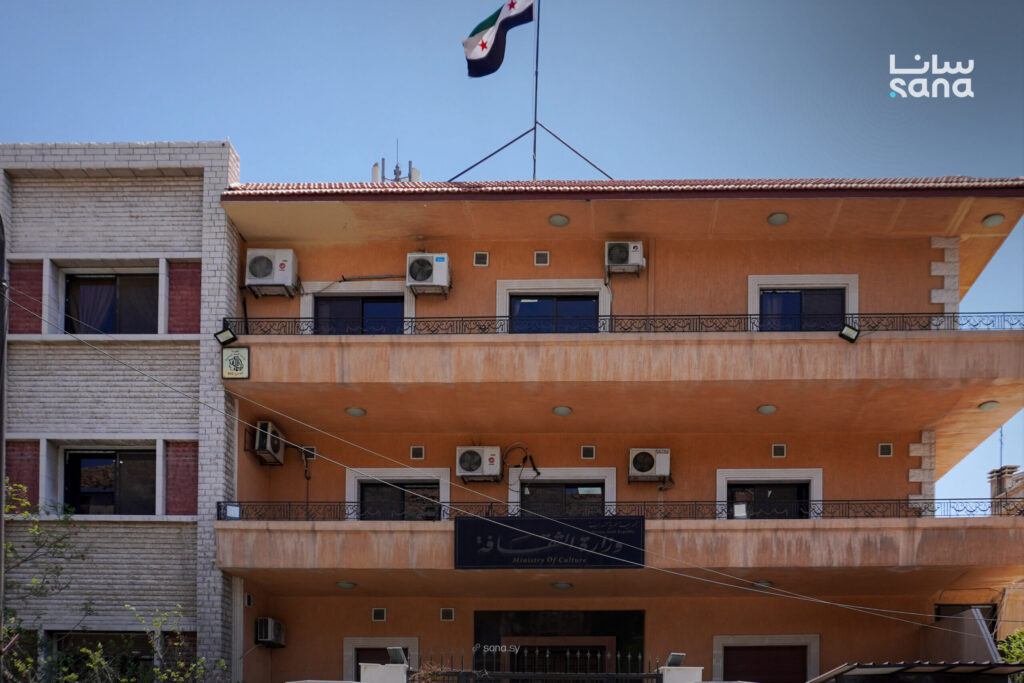
Antonov’s mighty An-225 Mriya is a legendary aircraft. It is the largest plane to ever enter service in the world, and only one has been completed to date, with the first aircraft entering service in 1988. The second, partially assembled, remained unfinished due to production costs. However, with the destruction of the original Mriya by Russian invaders, Ukraine has vowed to complete the second airframe.
Antonov Airlines flew the “Dream,” which Mriya translates to in English, on many spectacular missions over its nearly four decades of service. Originally designed to transport the Buran orbital shuttle, the Mriya was extremely strong, powerful, and stable in flight. It has been surpassed over the years in terms of volume capacity but not in payload weight, thanks to its sheer lifting power. Let’s go down the list of five of the top features of Antonov’s incredible An-225.
1 The Mightiest Of The Flying Giants
Colossus Of An Era Gone By
Just its wingspan was longer than the largest passenger plane in the sky, the Airbus A380. A small town’s worth of industrial generators or a whole diesel locomotive could be transported in its enormous cargo hold, which was a truly vast area. It was a machine designed to do the seemingly impossible: transporting extremely heavy and oversized payloads across continents by air.
Over its career, the Mriya has accumulated over 240 official world records, including transporting a payload of 253 tons and a total takeoff weight of 640 tons. It has carried the largest single cargo, and made the heaviest commercial flight in history when it transported a 189-ton turbine, as flyafighterjet.com records. These records serve as a testament to the aircraft’s raw power, operational precision, and performance on extreme missions.
2 Antonov’s Six-Engine Monster
The One And Only Of Its Kind
The An-225 was built for maximum power and payload, in contrast to other large jet aircraft, like the Boeing 747 and Airbus A380, which were made for commercial efficiency. The successful four-engine Antonov An-124 served as the model for the design, but the An-124 lacked the power required for the ambitious new Buran project.
The brute force required to lift a maximum takeoff weight of 640 tons was provided by the two additional engines that Antonov engineers added, increasing the total to six. Additionally, the additional engines provided redundancy, enabling the aircraft to operate safely on the remaining five engines in the event that one failed. The An-225 is unique because no other aircraft was able to replicate this specialized and purpose-driven engineering solution.
In 2020, the Simthsonian interviewed Andrii Sovenko, a former An-225 technical crew member and author of the book Wings Above the Planet: The History of Antonov Airlines. He explained the overlap between the AN-124 and An-225:
“Wings and engines are also the same, with just a new center section and one extra engine per wing, for a total of six. All onboard systems and equipment, as well as the crew cabin, are almost completely borrowed from the An-124.”
Although the An-225 project still required extensive engineering and high technical risk, Sovenko noted that working off the An-124 platform made it much easier. The major structural and technological issues, such as avionics, engines, power systems, and more, had already been resolved during the An-124 Ruslan’s design program.
3 Too Late To The Space Race
From The Ashes Of The Buran
Transporting the Buran to launch facilities from landing or assembly sites was the Mriya’s primary function when it was conceived. In flight, the Buran was safely carried on top of the Mriya’s fuselage thanks to a specially made cradle. In contrast to the Space Shuttle, which made its first orbital spaceflight in April 1981, Buran, which made its first and only spaceflight in November 1988, was capable of flying uncrewed missions and making fully automated landings. The An-225 was also planned to carry other spacecraft and space program materials, according to Buran Energia.
When the project was canceled in the early 1990s, it was the biggest and most costly in Soviet space exploration history. Further impeding its progress was the collapse of the Soviet Union. However, following some modifications made after the Buran Space Shuttle, the Antonov AN-225 Mriya found new life as a commercial cargo aircraft.
4 Gear Down: Eighteen Wheeler Times Two
Built For Strength And Mobility
An enormous 32-wheel landing gear system is a distinct feature of the Antonov An-225, according to Corendon Airlines. It has eight pairs of two wheels on each side, including steerable sets. The main gear has 28 wheels. In spite of its size, this enables the aircraft to turn on a runway that is 60 meters wide. When the jet experienced a malfunction and minor damage during a landing in 2022, it made headlines around the world.
Dmytro Antonov, Antonov Airlines’ chief pilot and the captain of the An-225, responded to the wave of information requests. Aero Time reported his comments on what turned out to be a benign event:
“There were a lot of questions on what happened with the landing gear. Absolutely nothing happened with the landing gear. Two bolts failed in the BMD block. BMD is a block of micro sensors. It has twelve sensors that inform various systems of the aircraft whether it is in the air or on the ground. To be honest, I see that [issue] for the first time in 25 years of flying An-225s and An-124s.”
The An-225’s undercarriage is built for robustness, allowing it to operate from both paved and unpaved airfields. The nose gear is made to hydraulically “kneel” or lower the front of the aircraft, forming a ramp that makes it easier to load and unload large cargo through the nose door. It’s no surprise that the landing gear is so heavy-duty, considering the giant jet was built to military-grade specifications to transport some of the most precious cargo in the Soviet Union (spacecraft) to a remote launch facility.
5 Destroyed By Russian Attackers
A Plane Lost, But Not Its Dream
During the Russian invasion of Ukraine on February 27, 2022, the Antonov AN-225 Mriya was destroyed while parked for repair at Hostomel Airport near Kyiv. The airplane, caught in the early stages of the attack’s bombing, was partially charred in its hangar. The damage was further corroborated by satellite photos and footage taken at the scene: the cabin was destroyed, the wings collapsed, and the nose had been torn off.
Since the Mriya represented technological mastery and a distinctive aviation legacy, its destruction rocked the aviation industry. The airplane was more than simply a piece of equipment, it was a beloved symbol of what is possible. Experts and engineers have been slowly working on plans for the successor since its loss, but the project is quite complex and expensive. The Kyiv Independent reported that Antonov estimates it has 30% of the necessary components, and the project is likely to exceed 500 million euros in total investment.
Antonov Acting Director General Yevhen Havrylov said to the Kyiv Independent:
“Work on the new machine is being carried out at a secret location. The second An-225, which was never completed, will be supplemented with parts from the bombed machine and new parts.”
According to reports by multiple sources, including The Independent and The War Zone, the massive jet was destroyed in a target raid by Russian special forces with the specific goal of destroying it. They conducted their attack under the umbrella of a wider bombardment of the area surrounding Ukraine’s capital city, Kyiv.
Ukrainian security services have since identified the general who ordered the attack and launched an investigation into potential collaborators within Antonov’s work force. The Ukrainian people saw Mriya as a symbol of national pride, and its destruction was a malicious strike against Ukraine’s culture and society as much as its industrial capacity. Both justice and a new “Mriya” will be delivered as the people of Ukraine refuse to break under the Russian onslaught.



